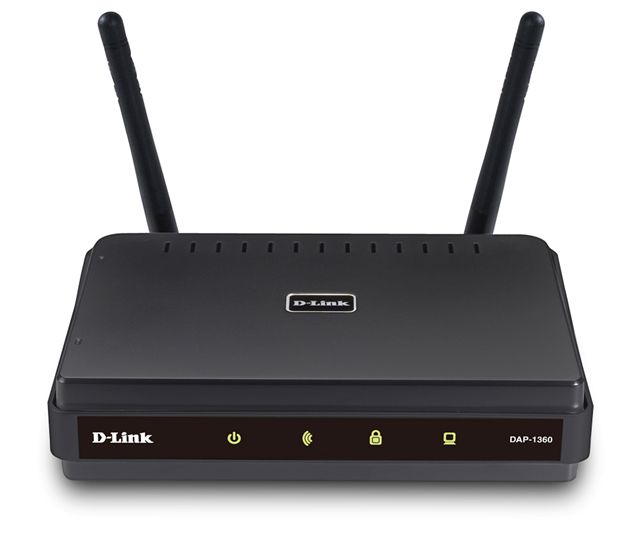

You can download the files I have used from Tweaking 4All, but with fast development of firmwares these days, I HIGHLY recommend using the two links in the list above.įlash the Initial version FIRST when you’re still running NetGear firmware!ĭownload - NetGear R7000 Stock Firmware Filename: – Download: Latest DD-WRT firmware for the R7000 – for all release check out Kong’s webpage – Download: Latest NetGear Stock R7000 Firmware It may not be a bad idea to print this guide either – just so you have it handy. chk files (you might have downloaded a zipped file, which you might want to unzip first).
#LAN SPEED TEST DD WRT UPDATE#
bin files can be used to update it to the latest build.īefore we start the flashing process, we first want to download the firmwares we would like to have available even when we have no Internet. chk file is needed for you first flash to DD-WRT, which is the “ initial” version you can download here.Īfter your router runs DD-WRT. Recently Kong changed the way he publishes new versions by using.

I’d most certainly try that one right away when it becomes available! Note : There is at this time no Tomato Firmware available for the R7000, but maybe in the near future a R7000 version can be found at. – Wi-Fi connections occasionally “freeze”, but this could be my lack of experience …įor more details see also the DD-WRT Wiki and this article at FlashRouters. – Wi-Fi throughput is not as strong as Stock firmware (although you might not notice during daily use) With the current, very stable, version created and maintained by Kong, I’ve only found two weak points: – Scheduling for ethernet and both Wi-Fi bands, – Realtime graphs, monitoring traffic one ach network connection, – DNSMasq support (advanced DNS and DHCP functions), – VPN support (the Router will setup the VPN connection!), – Fine tuning of your Wi-Fi (channels, signal strength, etc), This is a hugely different market than a nice clean air-conditioned spot in an office with an IT staffer hovering nearby, that will support finicky CPUs that want everything perfect.Īnd if you think this is a nasty environment try an automobile where you get a max of 1-2 SECONDS of time for your crap to boot up and be ready to manage the car engine and then survive Uncle Red going frog-gigging in the mud.DD-WRT, due to it’s open source nature, comes with tons of functions you won’t find on commercial router firmware. And they want to forget about them for 5-10 years.
#LAN SPEED TEST DD WRT FULL#
When people buy devices like Access Points and routers they want to stuff them in an overheated closet at the back of their industrial factory floor full of 3-phase electric motors that are constantly spiking the powerlines and dust that coats everything with a thick, heat-insulating layer. Any kind of moving part like a fan just kills your reliability. It is a constant tradeoff in the embedded market between power, cost, and reliability. I've spent years working with Cisco routers and their enterprise gear uses some really esoteric hardware to get high throughput but they ALSO sell "small business gear" like the RVS320 that has no better specs than the "consumer gear" that is available over the counter. Of course, the Intel CPU will require 10 times the power to do it and need fan-driven cooling or it will burn up but that's doable in a desktop and a laptop. A decade old Pentium Core2 can do 5 times the amount of work in a single clock cycle than one of these CPUs. The CPU specs might seem impressive but these are ARM cpu's that are RISC devices not CISC. The BCM4707/4708/4709 gear is all 40nm stuff, the current production CPUs that Intel is bringing on line use lithography that is 10 times smaller. You can't compare this kind of gear to a PC. It's not just the CPU that matters the issue is the dram used in the routers just isn't very fast. R6250 - BS 29193 running since 03/20/16 - (AP - NAS - FTP - SMB - DNSMasq - AdBlocking) R7000 - BS 30771 running since 12/16/16 - (AP - NAS - FTP - SMB - OpenVPN Server - Transmission - DDNS - DNSMasq - AdBlocking - QoS) R7800 - BS 31924 running since 05/26/17 - (AP - OpenVPN Client - DNSMasq - AdBlocking - QoS) I'm curious about R8500 which has co-processors for Wifi and also the R8000 *I think*. It's true though, they can't cope with it, if I recall correctly R7800 achieves around 400-500mbps in best cases. Production Test Staff were amazed how far DD-WRT has developed/matured on features and benefits. That throttling|shaping|limiting techniques may be used during the Compliance test phase Intertek ITL UL Staff informed me (later) Working spans were brought up again but limitation was evident. That worked as an interim weekend measure until the The consumer COTs NID used DD-WRT and then OEM F/W. I came to same conclusion about Consumer Grade access devices. I can confirm from my work within a Manufacturers Lab using an Optiview Tablet test set


 0 kommentar(er)
0 kommentar(er)
